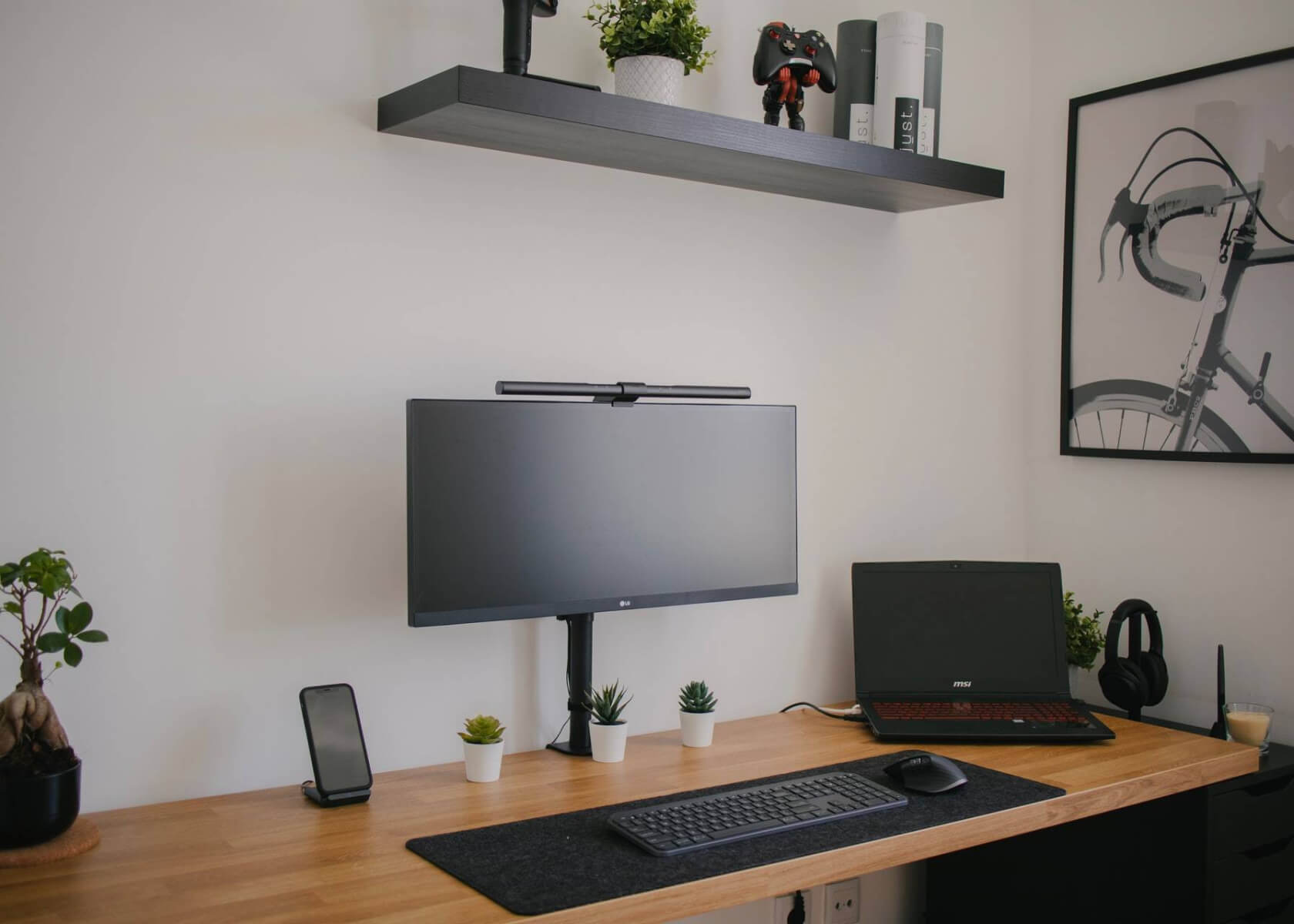Design Your Own Personalized Planner Using Notion: A Step-by-Step Guide

New to Notion?
How to Design a Personalized Planner Using Notion
Notion is a powerful all-in-one productivity tool that lets you create a personalized planner tailored to your unique needs. With its intuitive interface and a continually growing range of features, you can design a planner that integrates your goals, schedules, tasks, notes, and more. In this article, we will explore step-by-step how to design and set up a personalized planner using the latest Notion features and best practices.
Step 1: Determine Your Planner Structure and Layout
Before diving into the design process, decide on the structure and layout for your planner. Consider the different sections you’d like to include, such as:
- Weekly or monthly views
- Goals
- Habit trackers
- Project lists
- Notes
Sketch out a rough outline of how you want your planner organized, keeping in mind your specific needs and objectives.
Step 2: Create a New Notion Workspace
Begin by creating a new Workspace in Notion specifically for your planner. This Workspace will be the foundation for organizing all your planner sections and pages. To create one, click the "+" button at the top left of your Notion dashboard and select "New Workspace".
Step 3: Create Planner Pages and Sections
With your Workspace set up, start building the main sections of your planner:
- Click the "+" button and select "New Page".
- Name each page according to the sections you want to include, such as "Weekly View", "Monthly Goals", or "Habit Tracker" (you can explore templates for inspiration).
- Use Notion’s drag-and-drop feature to order and reorganize these pages as needed.
Step 4: Customize the Weekly View
One of the most popular sections of a planner is the weekly view, which organizes your tasks, appointments, and deadlines by week. There are two ways to set this up:
Option 1: Templates
Notion offers a variety of pre-built templates. Click the "+" button, choose "Template", and browse the available options for planner layouts. Select one that suits your style and needs.Option 2: Custom Layout
If you prefer a personalized approach, build your own weekly view by creating tables or calendars that represent the days of the week. Add columns for tasks, appointments, deadlines, and any other details. Enhance your view with inline checkboxes (e.g., for task completion), due dates, and color-coded labels to categorize activities.
Step 5: Set Up Monthly Goals
The monthly goals section lets you set and track your objectives for each month. Create a new page and add either a table or a bulleted list to define your monthly targets. Consider including a progress tracker—such as a series of checkboxes or a visual indicator—to monitor your progress over time. You can also attach related documents, images, or links for additional context and resources.
Step 6: Build a Habit Tracker
A habit tracker in Notion helps you establish and maintain daily habits or routines. Create a new page for this purpose and choose from these options:
Option 1: Tables
Build a table featuring columns for habit name, frequency, and progress tracking. Use inline checkboxes or formula-driven progress bars (see this guide for inspiration) to visualize habit completion.Option 2: Kanban Board
Use Notion’s Kanban board feature to track habits. Create columns for different habit categories and add cards for each habit. Move cards across columns as you progress through your routines. Enhance the board by adding labels, due dates, or comments.
Step 7: Incorporate Project Lists
If you’re managing multiple projects or ongoing tasks, integrate project lists into your planner. Create a new page for your projects and use tables, databases, or boards to organize them. Include columns for project status, deadlines, priority, and any other relevant information. Linking tasks to related project pages can simplify navigation and enhance organization.
Step 8: Add Notes and Journaling Sections
Notion’s flexibility allows you to create dedicated sections for notes, ideas, or journaling. Create new pages for these purposes and choose the layout that works best for you—whether it’s plain text, bullet lists, toggle lists, or even embedded media. A dedicated journaling page, like the Journal Template, can also serve as an effective personal diary.
Step 9: Customize Your Planner's Appearance
Personalize your planner’s look by taking advantage of Notion’s customization options:
- Experiment with different fonts, colors, and layouts to create an aesthetically pleasing workspace.
- Add cover images, icons, or emojis to each page for visual appeal and quick navigation.
These tweaks ensure that your planner not only functions well but also inspires you daily.
Step 10: Utilize Notion's Collaboration and Integration Features
Notion excels in collaboration and integration. Share your planner with colleagues, friends, or family members by setting appropriate permissions, and even assign tasks directly within Notion. The platform integrates with various external services such as Google Calendar and Trello, allowing you to sync and link data seamlessly across platforms.
Congratulations! You now have a personalized planner designed using Notion. As your needs evolve, continue to explore and refine your layout by tapping into Notion’s extensive feature set. Remember, the beauty of Notion lies in its versatility—experiment, iterate, and let your planner grow with you.
Happy planning!


